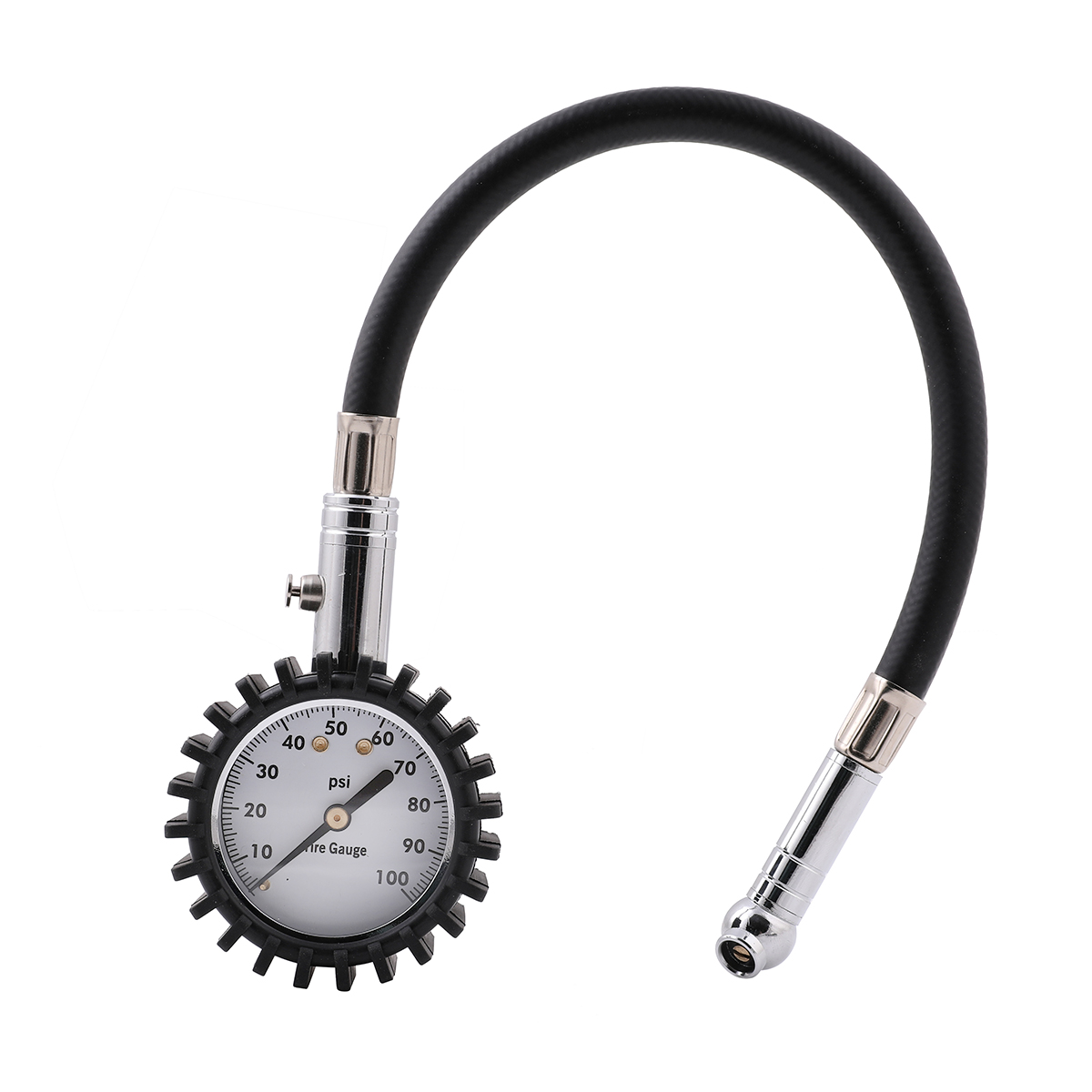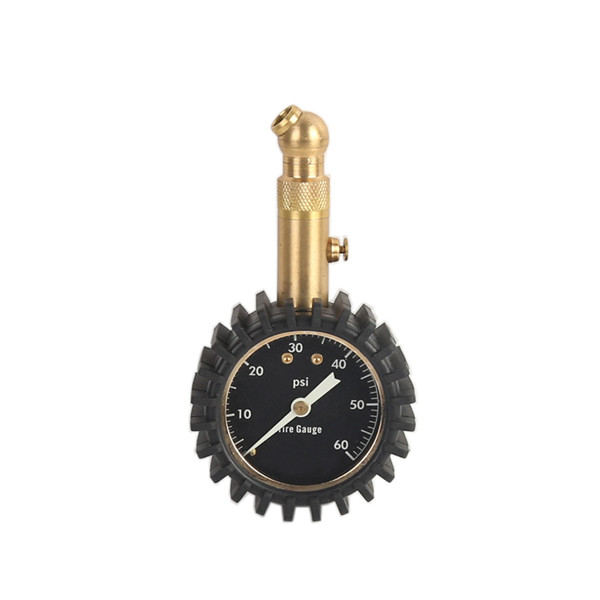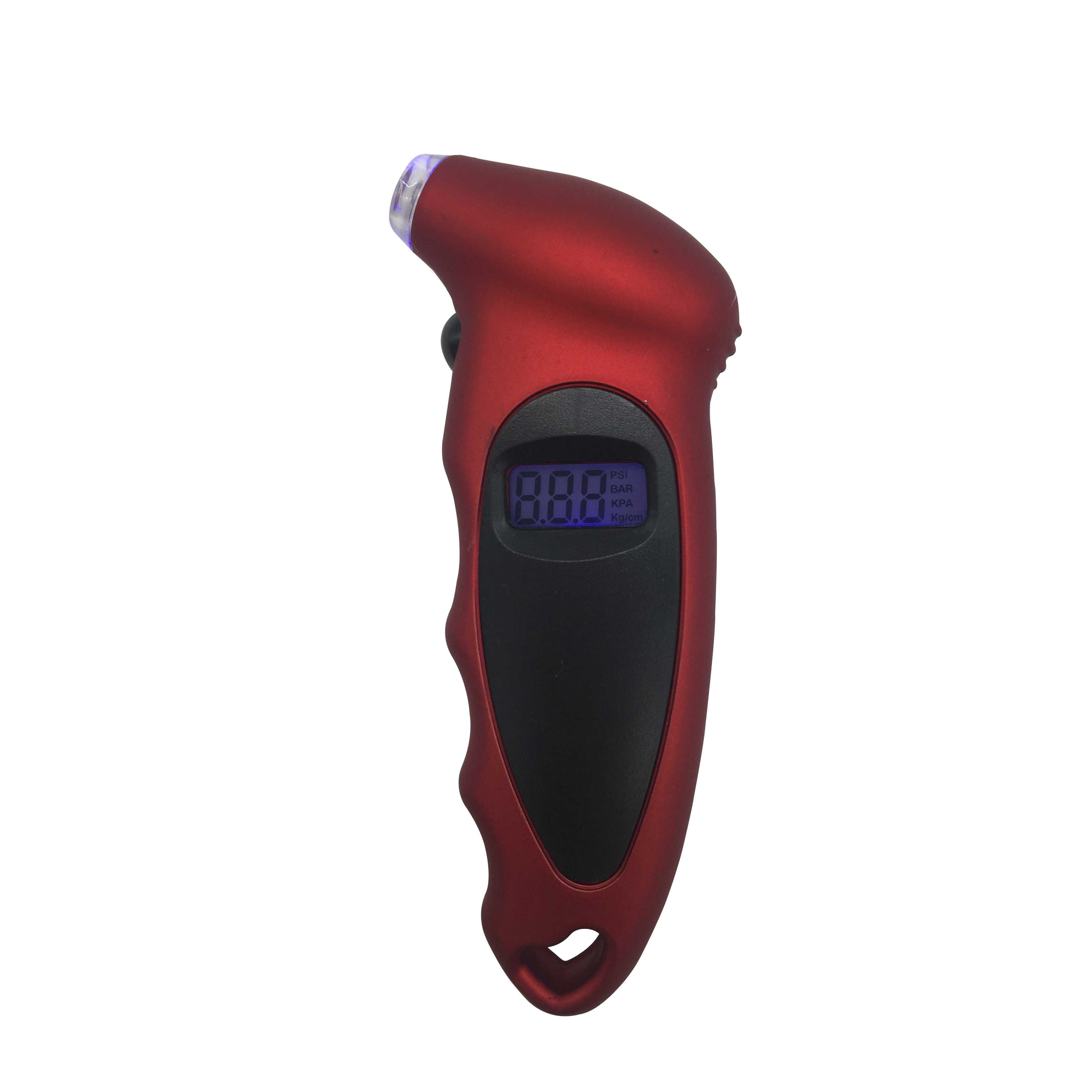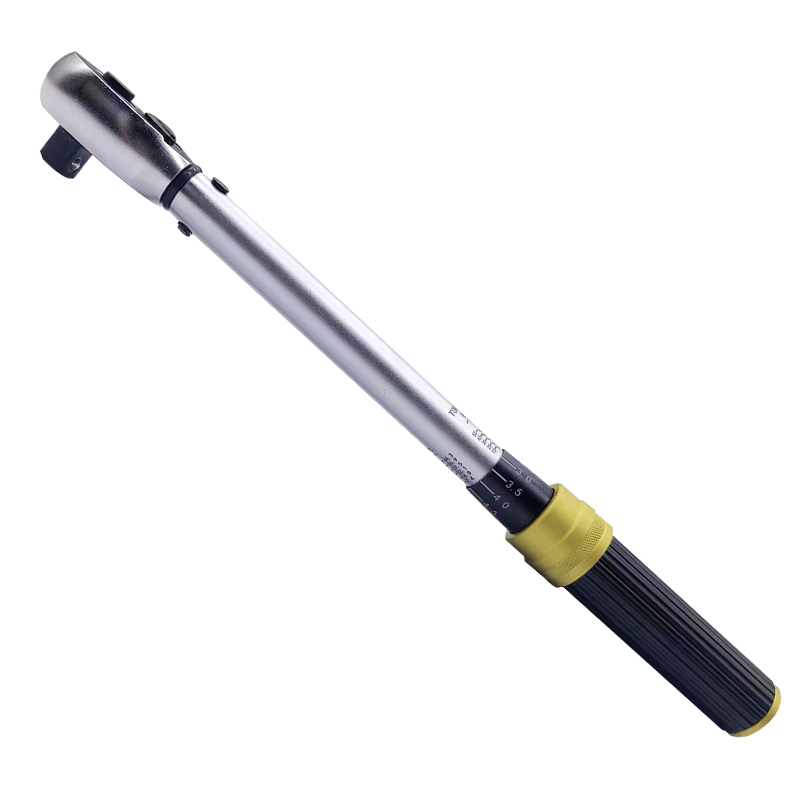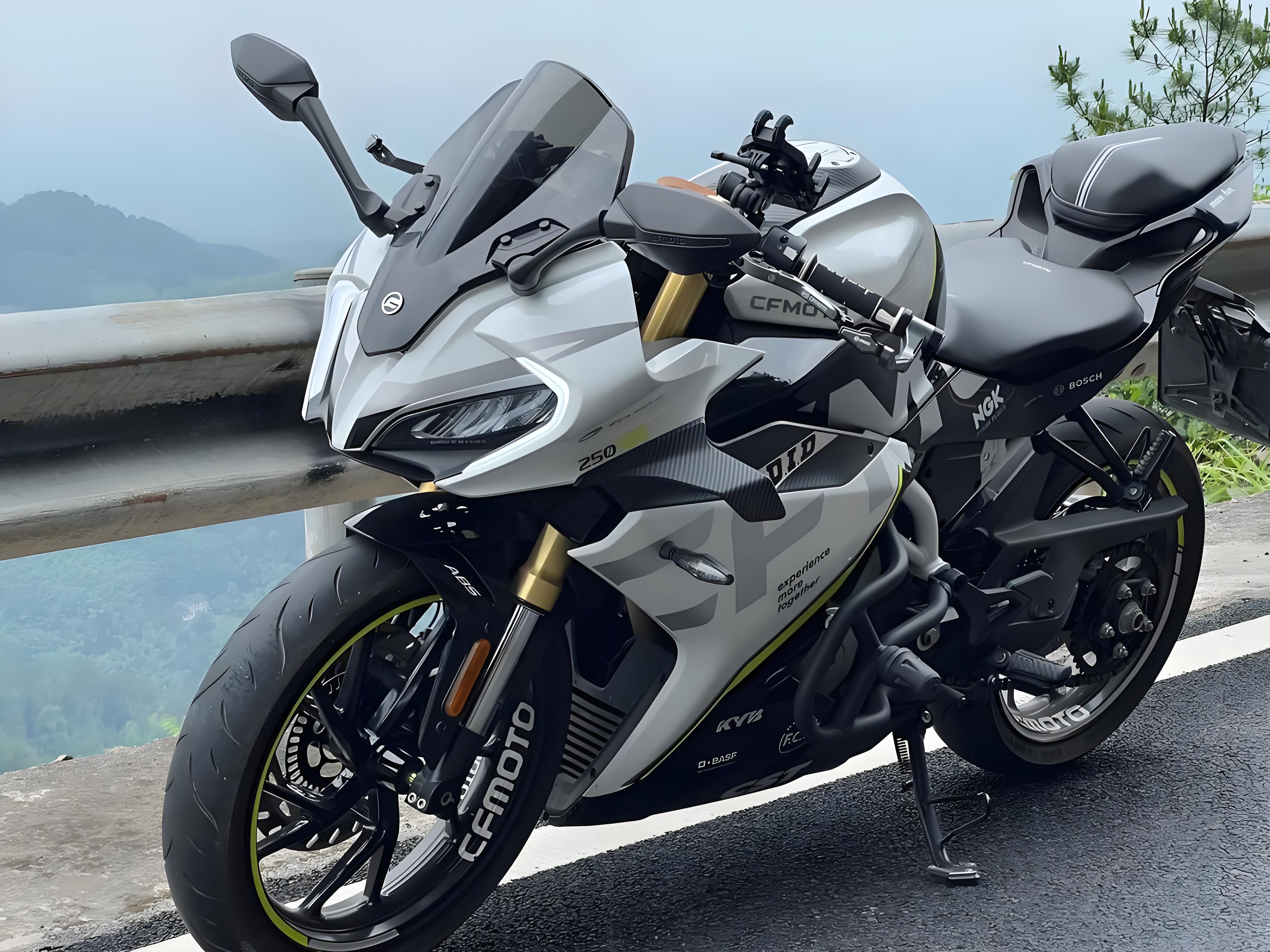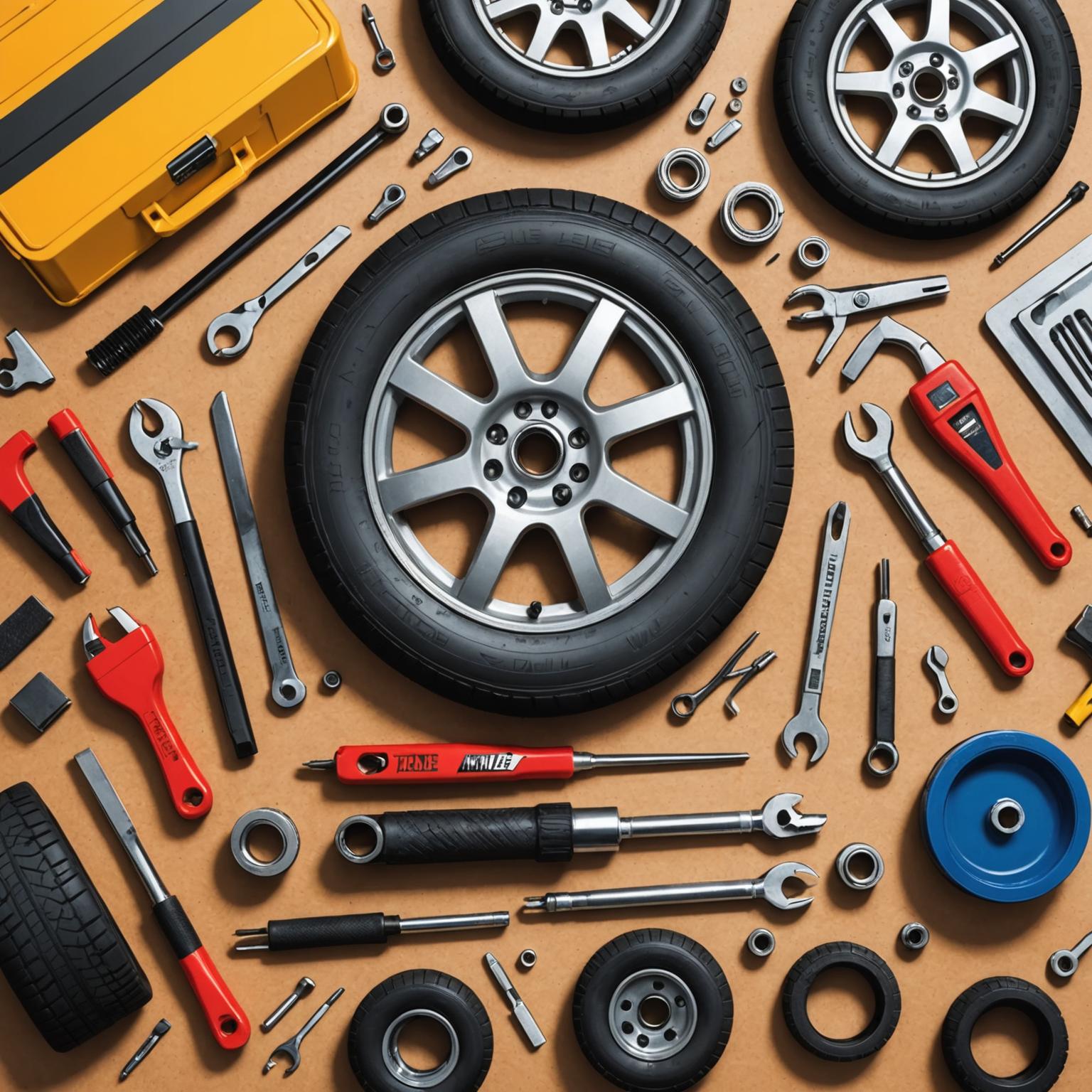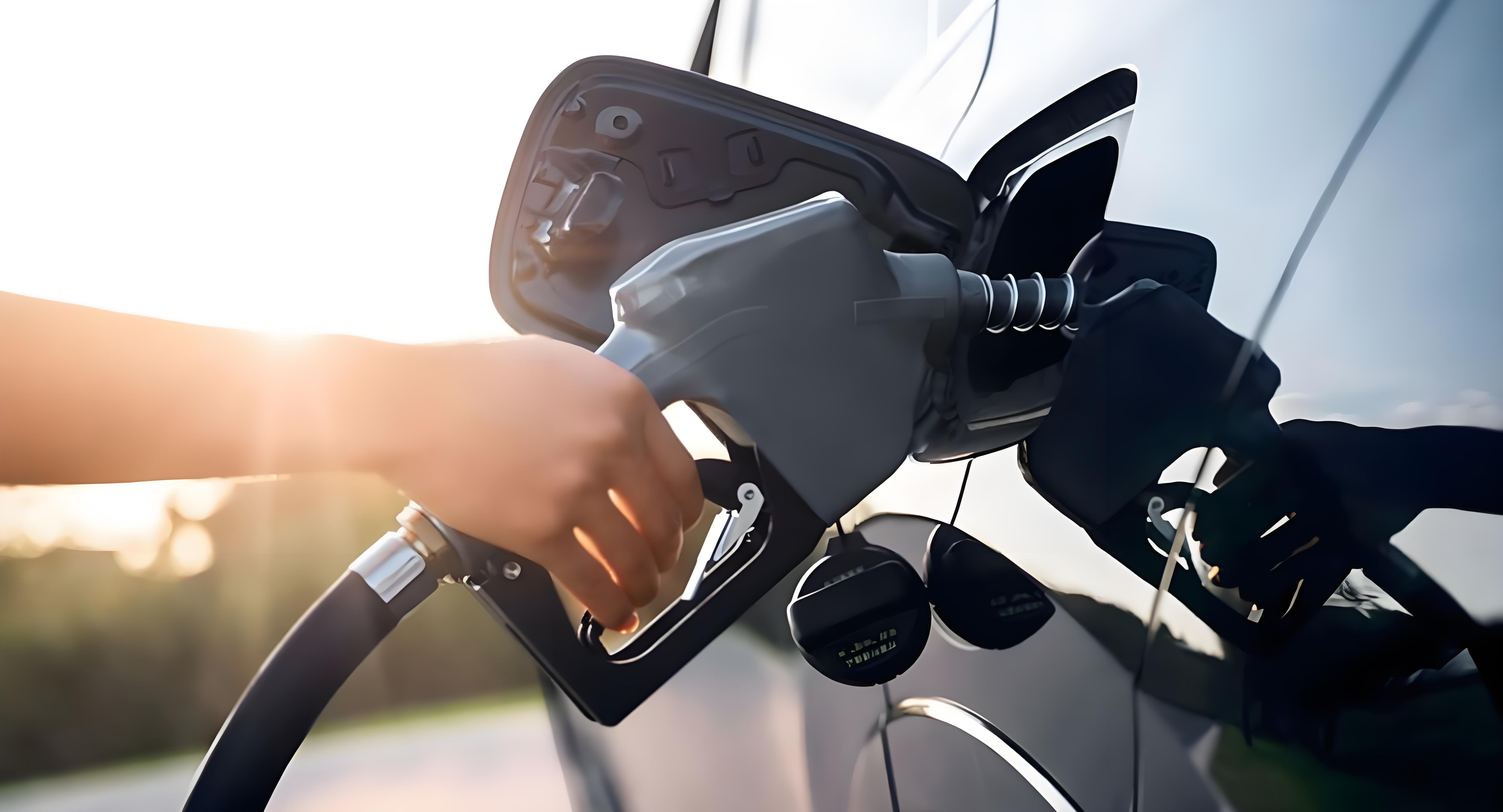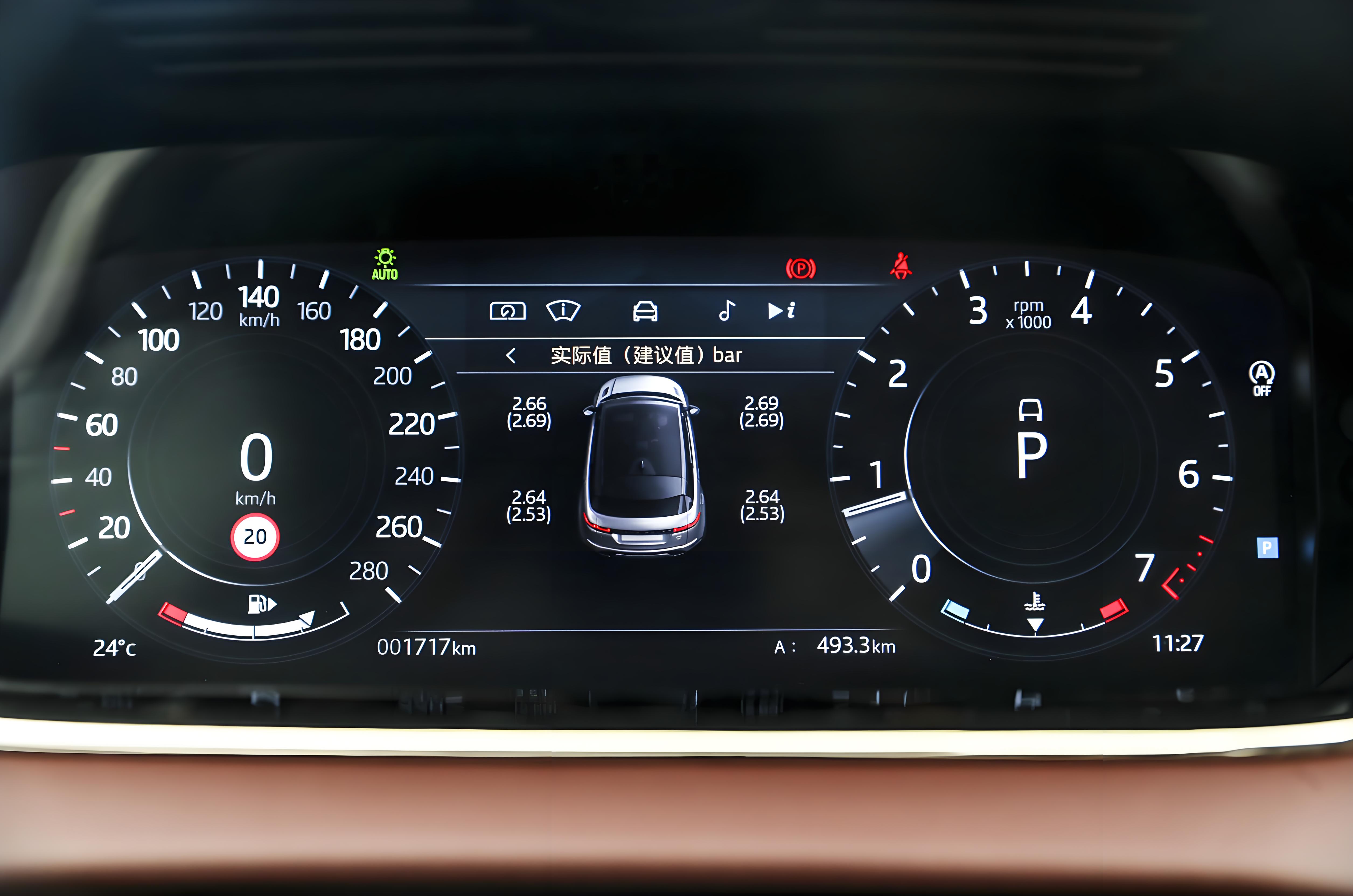How ABS Works: And Its Life-Saving Cousins ESP and AEB
When it comes to car safety, few systems are as critical as those that help you maintain control during emergencies. Anti-lock Braking Systems (ABS) paved the way, but modern cars now include advanced extensions like ESP and AEB. Let’s break down how these systems work, why they matter, and how they protect you on the road.
The Basics: How Anti-Lock Braking Systems (ABS) Work
Before ABS, slamming on the brakes could lock your wheels, turning your car into a skidding, uncontrollable mess. ABS solves this with a simple but genius mechanism:
The Core Principle: Prevent Wheel Lock-Up
ABS uses wheel speed sensors to monitor how fast each wheel is turning. When you hit the brakes hard, if one or more wheels start to lock (stop rotating while the car is still moving), the system kicks in. It rapidly pumps the brakes—up to 15 times per second—using a hydraulic valve to release and reapply pressure. This “pulsing” keeps the wheels rolling just enough to maintain traction with the road.
Why It Matters
- Steer while braking: Without ABS, a locked wheel means you can’t turn. With ABS, you can brake hard and swerve to avoid a collision (e.g., a pedestrian or a deer).
- Shorter stopping distances: On wet or icy roads, ABS can reduce stopping distance by up to 30% by preventing skids. On dry pavement, the difference is smaller, but the control it provides is still vital.
You’ll feel ABS working as a vibration in the brake pedal during hard stops—that’s the system pulsing. Resist the urge to release the pedal; keep pressing firmly.
ESP: Electronic Stability Program (or ESC)
If ABS is about braking control, Electronic Stability Program (ESP) (sometimes called ESC, Electronic Stability Control) is about preventing loss of control entirely. It builds on ABS technology to keep the car moving in the direction you steer.
How ESP Works
ESP uses a network of sensors: wheel speed sensors (from ABS), a steering angle sensor (to know where you want to go), and a yaw rate sensor (to measure how the car is actually turning). If the sensors detect a mismatch—for example, you steer right but the car starts sliding left (oversteer) or plows straight (understeer)—ESP acts:
- Applies brakes to individual wheels: To “pull” the car back on track. For oversteer, it might brake the outer front wheel; for understeer, the inner rear wheel.
- Reduces engine power: If needed, to slow the car and give you more control.
Real-World Impact
ESP is especially valuable in emergencies: swerving to avoid an obstacle, hitting a patch of black ice, or accelerating too fast around a corner. Studies show ESP reduces fatal single-vehicle crashes by 50% and fatal rollovers (common in SUVs) by up to 80%. It’s now mandatory in most countries.
AEB: Automatic Emergency Braking
Automatic Emergency Braking (AEB) takes proactive safety a step further. It doesn’t just help you brake—it can hit the brakes for you if you don’t react in time.
How AEB Works
AEB uses cameras, radar, or lidar to scan the road ahead for obstacles: other cars, pedestrians, cyclists, or even large animals. It calculates the distance and closing speed, then:
- Warns the driver with a sound, flashing light, or seat vibration.
- Pre-charges the brakes: To maximize stopping power if you hit the pedal.
- Applies full brakes automatically: If you don’t respond, AEB can slow the car or even stop it entirely to avoid a collision.
Limitations and Strengths
AEB works best at low to moderate speeds (up to 50 mph/80 km/h) and in clear weather. It may struggle in heavy rain, fog, or with small objects (like a child in dark clothing). Still, the IIHS reports AEB reduces rear-end crashes by 50% and injuries by 56%.
How These Systems Work Together
- ABS is the foundation: All modern stability and braking systems rely on its wheel speed data and brake-pulsing technology.
- ESP uses ABS to correct slides: It’s like ABS with a “brain” that understands steering intent.
- AEB adds automation to ABS: It uses ABS’s braking power but triggers it without driver input.
Should You Prioritize These Features?
In short: Yes. ABS is standard in all new cars, but ESP and AEB are worth seeking out if you’re buying used. They’re not just “extra” features—they’re proven lifesavers.
Next time you test-drive a car, ask about these systems. Even better, find a safe, empty parking lot to experience ABS: accelerate to 20 mph, then hit the brakes hard. Feel that pedal pulse? That’s technology keeping you in control.
Safe driving starts with understanding the tools that protect you—and these systems are some of the best ever invented.

